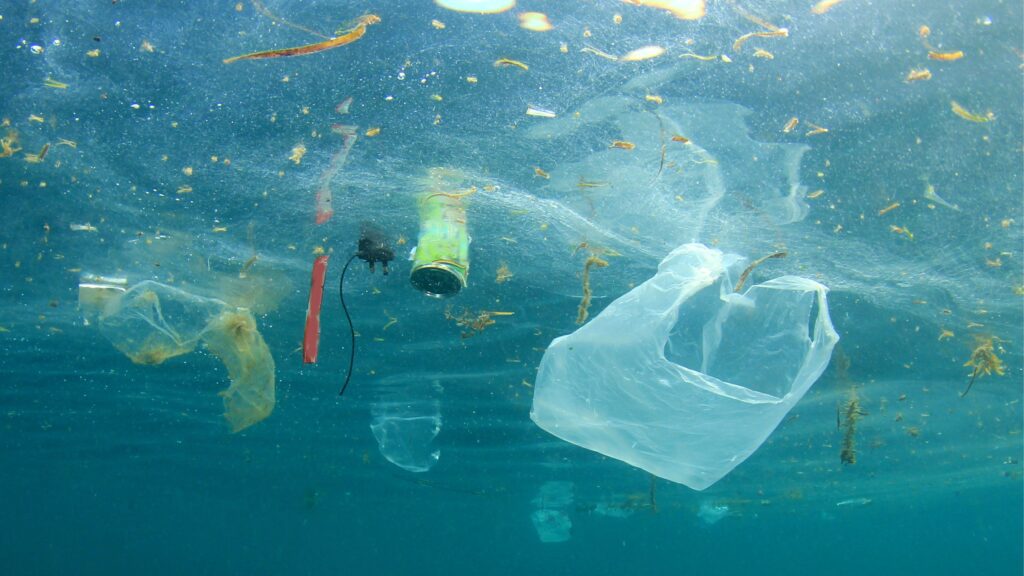The United Nations Environment Programme (UNEP) states that plastic represents 85% of the waste that reaches the oceans and warns that by 2040 the volumes will almost triple, with an annual amount between 23 million and 37 million tons. This means that there will be around 50 kg of plastic per meter of coastline worldwide.
These figures reinforce the fact that we are at risk of irreparable damage to the marine ecosystem.
How does plastic reach the ocean?
A study titled “Export of Plastic Debris by Rivers into the Sea” published in the journal Environmental Science & Technology, attempts to provide an answer. For this purpose, researchers analyzed several scientific studies that examined the plastic load in river systems, that is, the amount of plastic transported by water in rivers.
Comparing the data, scientists determined the proportion of plastic in rivers relative to the amount of waste that is not properly disposed of. Among their conclusions, it stands out that the more waste there is in a catchment area that is not properly disposed of, the more plastic will end up in the river and take this route to the sea. In this context, large rivers play an important role, not only because they also carry a comparatively large volume of waste due to their greater flow.


How much plastic goes into the sea?
It is estimated that 10 million tons of plastic end up in the ocean each year. The decomposition of most plastic waste can take hundreds of years.
The five ocean currents tend to have a higher concentration of plastic waste than other parts of the ocean. They also promote a phenomenon known as the “plastic soup”, which causes small plastic fragments to remain suspended beneath the surface of the water.
WWF reveals that the projected growth of plastic pollution is likely to lead to many areas suffering significant ecological risks that undermine current efforts to protect and increase biodiversity if action is not taken now to reduce global plastic production and use.
By the end of the century, it is estimated that marine areas more than two and a half times the size of Greenland could exceed ecologically dangerous thresholds of microplastic concentration, as the amount of marine microplastics could increase 50 times by then. This is based on projections indicating that plastic production will more than double by 2040, causing plastic waste in the ocean to quadruple by 2050.
The negative impacts of plastic pollution are already detectable in most species groups, while the productivity of several of the world’s most important marine ecosystems, such as coral reefs and mangroves, is under significant risk.
Why is it harmful to marine life?
For seabirds and larger animals like turtles, dolphins, and seals, the danger can be in plastic bags, where they can become stuck. For example, turtles cannot distinguish a plastic bag from a jellyfish.
Larger plastic pieces also damage the digestive systems of birds and whales, and can be potentially fatal.
Research from the University of Plymouth in England showed that plastic waste was found in a third of fish caught in the UK.
In addition to causing malnutrition and starvation in fish, researchers say that by consuming seafood, humans may be unwittingly ingesting plastic fragments. And the effects of this are still unknown.
#Plástico #Polución #Wasthy #BeWasthy #SoyWasthy #Planeta

